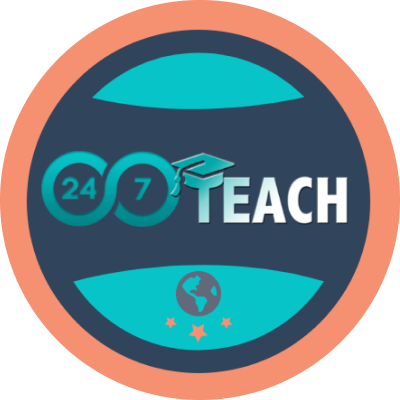Instructional Design Bootcamp Syllabus:
Welcome to your new career as an Instructional Designer
In this Bootcamp, you'll delve into the latest instructional design principles, exploring state-of-the-art methodologies, tools, and industry best practices that reflect instructional designers’ real workflow and priorities.
*This Syllabus is constantly updated to reflect the latest industry trends and skills and will be adjusted to meet your specific needs.
Module 1: Foundations of Instructional Design and Technology
A comprehensive review of instructional design theories and learning advanced models
Exploring the digital-age learner and the intersection of technology and learning theories
Understanding Andragogy and Pedagogy, chaos to structure, structure to chaos
Exploring learner-centered approaches for different audiences using digital tools
Using AI-driven platforms (e.g., adaptive learning systems) to tailor learning experiences.
The 3 Crucial Skills Every Successful Instructional Designer Needs
Develop analysis, design, and evaluation skills using AI for brainstorming and rapid content generation.
Visual Design Principles in Instructional Design
Understand multimedia design principles and apply AI-powered design tools, such as Canva’s Magic Design and Figma, to create visually appealing materials.
Module 2: Instructional Design Models with Technology Integration
Exploring 10 Instructional Design Models and when to use them
Applying ADDIE, SAM, Action Mapping, and other models using eLearning authoring tools like Articulate Storyline and Adobe Captivate.
Incorporate AI tools like Synthesia to create video-based content aligned with these models.
Integrating Technology into the Success-Driven Education Model
Use AI platforms to create experiential and scenario-based learning solutions for real-world applications.
6 Learning Theories Shaping Technology-Enhanced Instructional Design
How to apply learning theories like Cybergogy and Heutagogy and when
Understanding Universal Design for Learning and Quality Assurance Process
Techniques for creating accessible learning materials and incorporating diversity and inclusion
Module 3: Designing Digital Learning Solutions
Choosing and Mastering Instructional Design Tools
Using Rise 360, Camtasia, and AI-based tools like Grammarly to streamline course creation.
Crafting Interactive and Immersive eLearning Experiences
Leverage interactive tools like H5P for creating engaging content and use AI analytics tools to track learner performance.
Customizing designs for diverse learning styles and learner journey mapping
Module 4: Advanced Needs Analysis and Action Mapping with AI
Conducting Needs Analysis with AI-driven insights using the HPT, 5Why, What-If, BME Frameworks, and more.
Use AI-powered tools to analyze learner demographics, preferences, and behaviors.
The Power of Action Mapping for Instructional Design
Use action mapping strategies integrated with AI analytics to align objectives with outcomes.
Evaluating Learning Needs with Predictive Analytics
Leverage AI tools for forecasting learning trends and tailoring content development.
Module 5: Development and Implementation with Advanced Tools
Creating AI-Enhanced Learning Materials
Developing content using advanced tools like ChatGPT for text, Synthesia for video, and Storyboarding with Adobe XD for interactive prototypes.
Integrating AI and Technology in Course Implementation
Using LMS platforms to deliver and manage learning programs effectively.
Implement AI features such as adaptive learning pathways and real-time feedback using LMS platforms.
Conducting learner usability tests using AI-powered survey tools to gather and analyze feedback efficiently.
Module 6: Assessment and Evaluation with Technology
How to Develop Performance-Based Assessments
Evaluating Course Effectiveness with Advanced Technology
Analyzing data from learner performance and engagement metrics using AI.
Using automated feedback loops for iterative course enhancements.
Module 7: Career Development with Technology Expertise
Crafting a Tech-Savvy Instructional Design Portfolio
Journaling for Career Success
Identifying your Instructional Design Niche
Finding Your Perfect Instructional Design Job with AI
Nailing Instructional Design Interviews Using the 30/70 Reflection Method
Preparing for Instructional Design Job Interviews with AI Tools and Reflection
Identifying your Professional Core Values and Niche
Mock interviewing and refine responses using STAR and SOAR frameworks.
Module 8: Collaboration and Communication with AI
Mastering Subject Matter Expert (SME) Collaboration with AI
AI-Driven Tools for Effective Team Collaboration for Instructional Designers
Leverage platforms like Slack AI and Asana for project management and seamless team communication.
Module 9: Leadership and Project Management with AI Integration
Project Management in Instructional Design
Use AI-enhanced tools like Monday.com and Basecamp to manage timelines, resources, and team collaboration.
Leading Instructional Design Teams with Technology
Managing virtual teams
Preparing for the Future of Instructional Design with Emerging Technologies

















